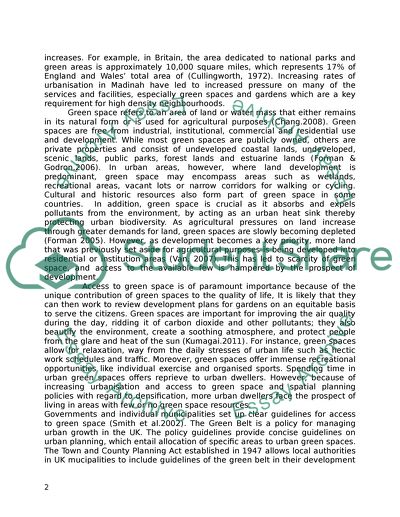Cite this document
(“Distribution Pattern Analysis of Public Parks and accessibility in Essay”, n.d.)
Retrieved from https://studentshare.org/geography/1446905-distribution-pattern-analysis-of-public-parks-and-accessibility-in-madinah-using-gis-technique
Retrieved from https://studentshare.org/geography/1446905-distribution-pattern-analysis-of-public-parks-and-accessibility-in-madinah-using-gis-technique
(Distribution Pattern Analysis of Public Parks and Accessibility in Essay)
https://studentshare.org/geography/1446905-distribution-pattern-analysis-of-public-parks-and-accessibility-in-madinah-using-gis-technique.
https://studentshare.org/geography/1446905-distribution-pattern-analysis-of-public-parks-and-accessibility-in-madinah-using-gis-technique.
“Distribution Pattern Analysis of Public Parks and Accessibility in Essay”, n.d. https://studentshare.org/geography/1446905-distribution-pattern-analysis-of-public-parks-and-accessibility-in-madinah-using-gis-technique.


